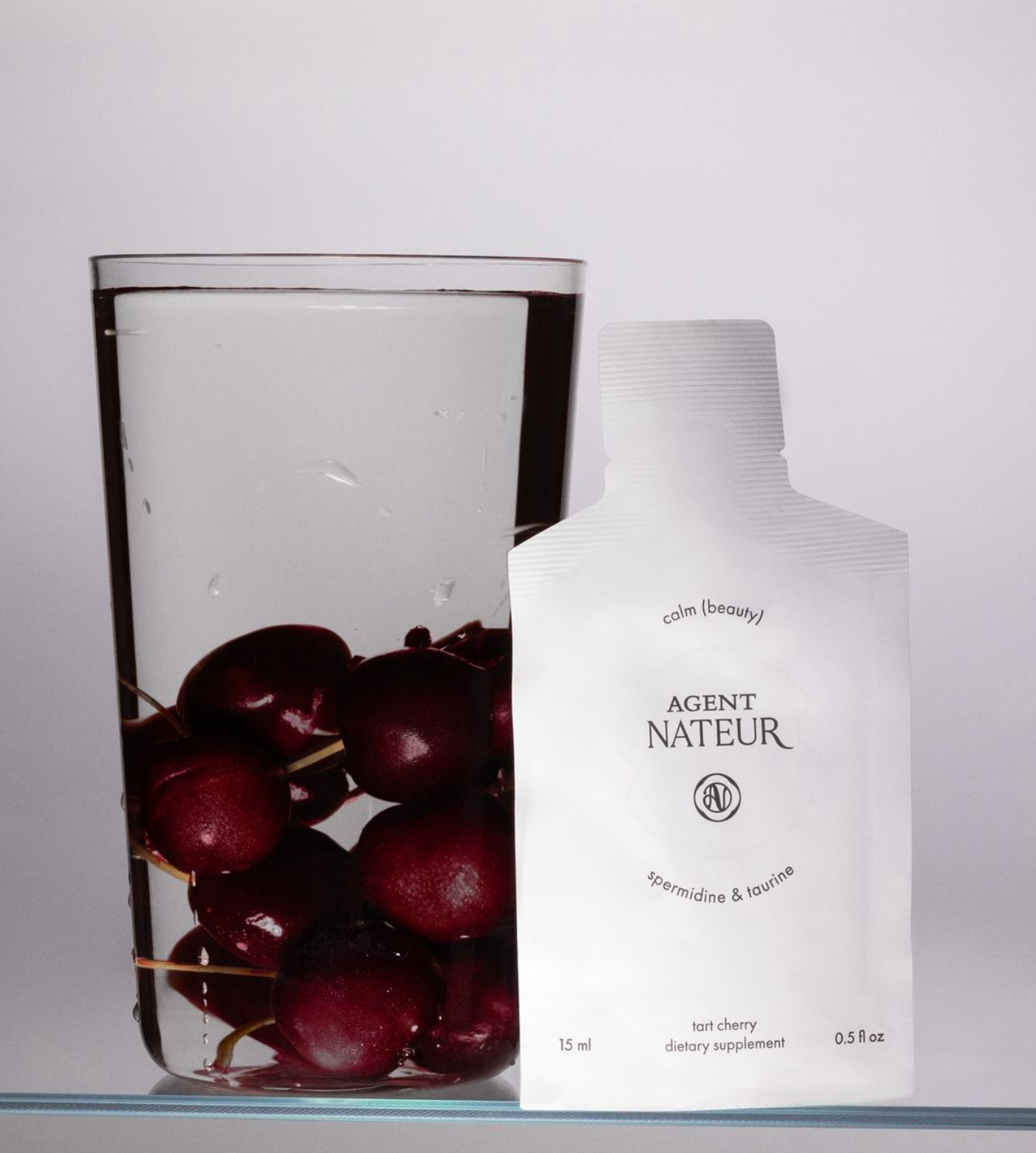Sunlight, Ketones and Our Cycle: A New Vision for Graceful Hormone Aging

A woman’s cycle is more than a reproductive rhythm. It’s a vital sign—a reflection of her cellular energy, stress resilience, and metabolic harmony. Yet today, many women enter perimenopause prematurely, experiencing irregular cycles, anxiety, fatigue, and sleep disruption as early as their late 30s or early 40s.
But what if we could soften the transition—or even extend our cyclical years into our 50s—by syncing with the most ancient regulators of female vitality: sunlight and ketosis?
Let’s explore the science of how metabolic flexibility and circadian alignment can preserve ovulation, reduce hormonal chaos, and support a smoother, more sovereign approach to aging.
The Hormonal Symphony Begins with the Brain
At the heart of your hormonal health is the hypothalamus—a region of the brain that controls reproduction, metabolism, and stress. As we age, environmental toxins, modern lighting, blood sugar instability, and chronic stress begin to disrupt this delicate command center.
This dysregulation often leads to:
- Diminished progesterone (the calming hormone)
- Insulin resistance
- Cortisol dominance
- Shorter or erratic cycles
- And eventually: the shutdown of ovulation
But the body is always listening. With the right signals, we can influence how gracefully and gradually we transition.
1. Ketosis: Fueling Hormonal Longevity
Ketosis is a natural metabolic state where the body burns fat for fuel, producing molecules called ketones—a cleaner, more stable energy source than glucose.
Here’s how ketones protect the cycle:
- Ketones support the hypothalamus, stabilizing hormone signaling and reducing inflammation in the brain.
- They enhance mitochondrial function, which is essential for egg quality and ovarian health.
- They improve insulin sensitivity, which is key to maintaining regular cycles and ovulation well into midlife.
Women who cycle in and out of nutritional ketosis (using methods like intermittent fasting or low-carb days) may experience fewer PMS symptoms, more stable moods, and prolonged fertility.
2. Sunlight: The Master Regulator of Rhythm
Sunlight is not just for vitamin D. Morning light exposure synchronizes the suprachiasmatic nucleus in the brain—your master clock that directs everything from cortisol to melatonin to reproductive hormones.
Sunlight’s role in hormonal preservation:
- Sets your circadian rhythm, which governs when you ovulate and how well you sleep.
- Stimulates dopamine and serotonin, improving mood, libido, and stress resilience.
- Enhances progesterone production by reducing cortisol, which often steals the same hormonal precursors.
Women who rise with the sun, limit blue light at night, and receive daily outdoor light exposure often maintain a more youthful hormonal rhythm.
3. Cycle Preservation Is Metabolic Preservation
Ovulation isn’t just for making babies. It’s how we produce progesterone—the hormone that:
- Reduces anxiety
- Protects against breast and uterine cancers
- Supports bone density and heart health
- Keeps estrogen in balance
- Enhances deep, restorative sleep
By maintaining regular ovulation into our 40s and even 50s, we preserve one of the most protective, graceful biological rhythms available to women.
The Ritual: Graceful, Not Abrupt
There is no shame in menopause. But there is beauty in extending the vitality of our cycles for as long as our bodies are willing. With the help of:
- Cyclical ketosis
- Morning sunlight
- Circadian alignment
- And deep mineral support like magnesium and electrolytes
We create an environment where the body says: “I feel safe. I feel nourished. I can keep going.”
Aging, in this paradigm, is not a cliff. It’s a gentle slope. A sovereign transition, guided by light and fueled by fat. And most importantly—it’s led by choice, not depletion.





